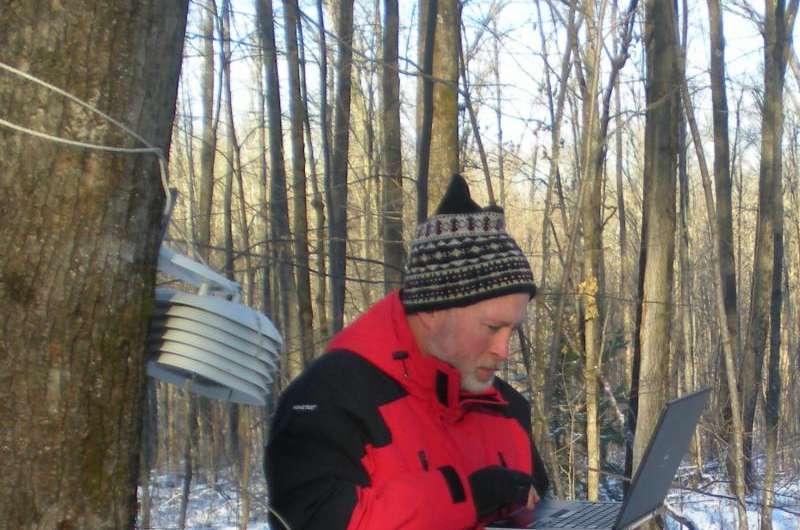Geographer describes how plants help track climate change

The start of the growing season across the continental United States comes, on average, about a week earlier than it did more than 50 years ago. However, that varies based on location, according to distinguished professor of geography Mark D. Schwartz of the University of Wisconsin-Milwaukee. He integrates plant data with air temperature records and satellite imagery to model how climate change is affecting the onset of spring and autumn.
Schwartz will describe his work Tuesday at 6 p.m. in the McCrory Gardens Education and Visitor Center in a lecture titled "Plants know what day it is: The science of phenology in a changing climate." The event, which is free and open to the public, is sponsored by the Geospatial Sciences Center of Excellence and the SDSU Department of Geography.
Phenology, a word coined in the mid-1800s, means the study of things that show or appear, Schwartz explained. More specifically, phenology refers to how weather and climate play a role in the natural life cycle of plants and animals.
Schwartz is co-founder of the USA National Phenology Network, which engages citizens in reporting the seasonal timing of the plant phenology, such as the first leaf and first bloom, and animal phenology, such as bird return and insect hatches. He uses gridded temperature data to drive a model that shows the near-real-time progression of the onset of spring across the United States on the phenology website.
"Plants on the ground can tell us more and give insight into questions that satellites can't," Schwartz pointed out. Satellites see what is happening very generally, but the changes that occur in plants allow scientists to include more detailed information.
He illustrated this describing two types of trees—basswood and white ash—found in a woodlot near the Milwaukee campus. "Their phenology is quite different because one appears to change more in relationship to light and the other is more responsive to temperature," he said.
However, Schwartz noted, "The satellite can't tell the two species apart due to their proximity; it creates a synthetic combination that doesn't really exist."
Though information on plants is helpful, he said, "phenological data often isn't consistent enough in space and duration in most cases to give us the long-term records that we need." Consequently, he has combined individual site records with air temperature data to develop models that look at changes on continental, hemispheric and global levels.
"The start of spring is not getting earlier at the same rate everywhere," Schwartz noted. To some degree, these changes are all being affected by warming from an increase in greenhouse gases due to human activity. However, other factors, such as El Niňo and the North Atlantic oscillation, affect the internal variability within the weather system. His research seeks to disentangle these facets of climate change.
Provided by South Dakota State University





















